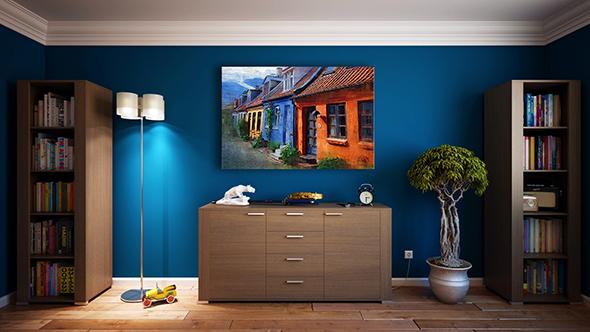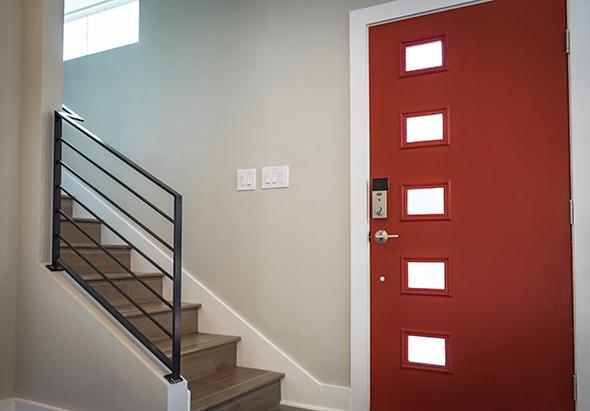Selecting the right paint for your project can be difficult. Budget, brand, finish and durability are all factors you need to consider. While there are many decisions, one thing is certain - paint is a transformative tool for any interior designer.
You should decide on a paint colour after you've made high-end purchases like flooring, furniture and lighting. Ensuring you use the right type of paint is essential as it can save you a lot of time and money.
Once you know your budget you can make more informed choices on paint. Remember that higher prices don't always mean a better product. Do your research and ensure that the product you choose meets the requirements of the job. A good quality paint should last several years so be sure that the paint you are using is fit for purpose. Consider the needs of your client. A family with young children or a household with pets will appreciate a harder wearing product.

Paint finishes
Interior paint for walls and ceilings has two main types of finish:
- Matt or low sheen (3-5% sheen) - the most popular and widely used finish. It’s suitable for most interior wall applications including ceilings.
- Soft or mid sheen (7-10% sheen) - works in areas of high moisture which need a more durable finish. Soft sheen was the accepted standard for kitchens, but washable matt paint has replaced it in recent years.
Doors, skirting and trim require a different paint finish. There are three types of finish for woodwork:
- Eggshell - low sheen (20% approx).
- Satinwood - mid sheen (40% approx).
- Gloss - high sheen (80% approx).
Traditional interiors tend to work with eggshell finish, but satinwood is also effective. All finishes are durable and much will depend on personal preferences. The higher the sheen, the lighter the colour will appear due to the light reflecting of the surface. These paints are also suitable for metal. Remember that higher sheens tend to be more durable.
Water or oil based
Interior paints are usually water based with low volatile organic compound (VOC) content. Water based can be a little more expensive, but it dries in only 4-6 hours and its low VOC means no nasty fumes. While it dries quickly, it does need to cure to reach its optimum condition. It can take up to 20 days before it reaches peak durability.
Trim or wood paints are available in both water and oil bases. While oil based paint is harder wearing, water based is improving all the time. Oil based paints are cheaper, but drying times range from 12-24 hours and they create fumes. Keep pets, expectant mothers and children out of the room during application and drying time.
Estimating quantities
Most paints can cover approximately an average sized room, with two coats. Once you’ve measured and calculated the room size, estimate how much you need using the information on the can. Always allow a little extra for touch ups. If you need more paint, bring the empty can back to the retailer to ensure that the same batch is available. In the case of mixed paints, ensure the same machine is used. Be aware that colours can vary if tinted from different machines.
Room calculators on various paint brand websites are useful for estimating the quantities yourself, but any reputable painter should be able to do this for you.

Preparing the surface
New wall surfaces need a base coat. You can use a diluted PVA coating or a matt paint diluted with about 10% water to seal the surface. Apply the base coat once the walls are dried, filled and sanded. New wood will need a primer and an undercoat before you apply your chosen colour. Don't use soft sheen as a base coat because the surface may not fully dry and cause blisters when you apply a sheen coat.
How many coats to use
Two coats is always advisable if you’re introducing a new colour. You may need three depending on the depth of colour chosen. Generally, paler colours are easier to cover than dark colours, but a lot will depend on the quality of the paint.
Once you’ve chosen your paint, finish and quantity, be sure to ask staff for any more information on the product. In our experience, staff in smaller, independent stores can have more knowledge of the product and its application. For inspiration, advice and stockist information, visit brand websites or contact them on social media.
The links included here are provided as a convenience and for informational purposes only. We bear no responsibility for the accuracy, legality or content of any external site or for any content on subsequent websites, nor does the inclusion of these links constitute our endorsement or an approval of any products, services or opinions stated.

